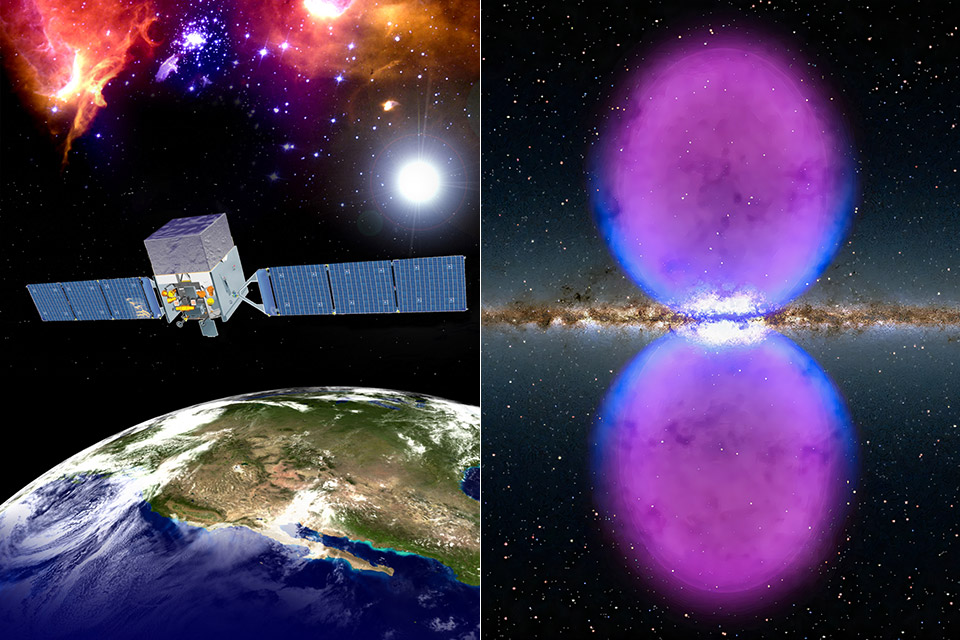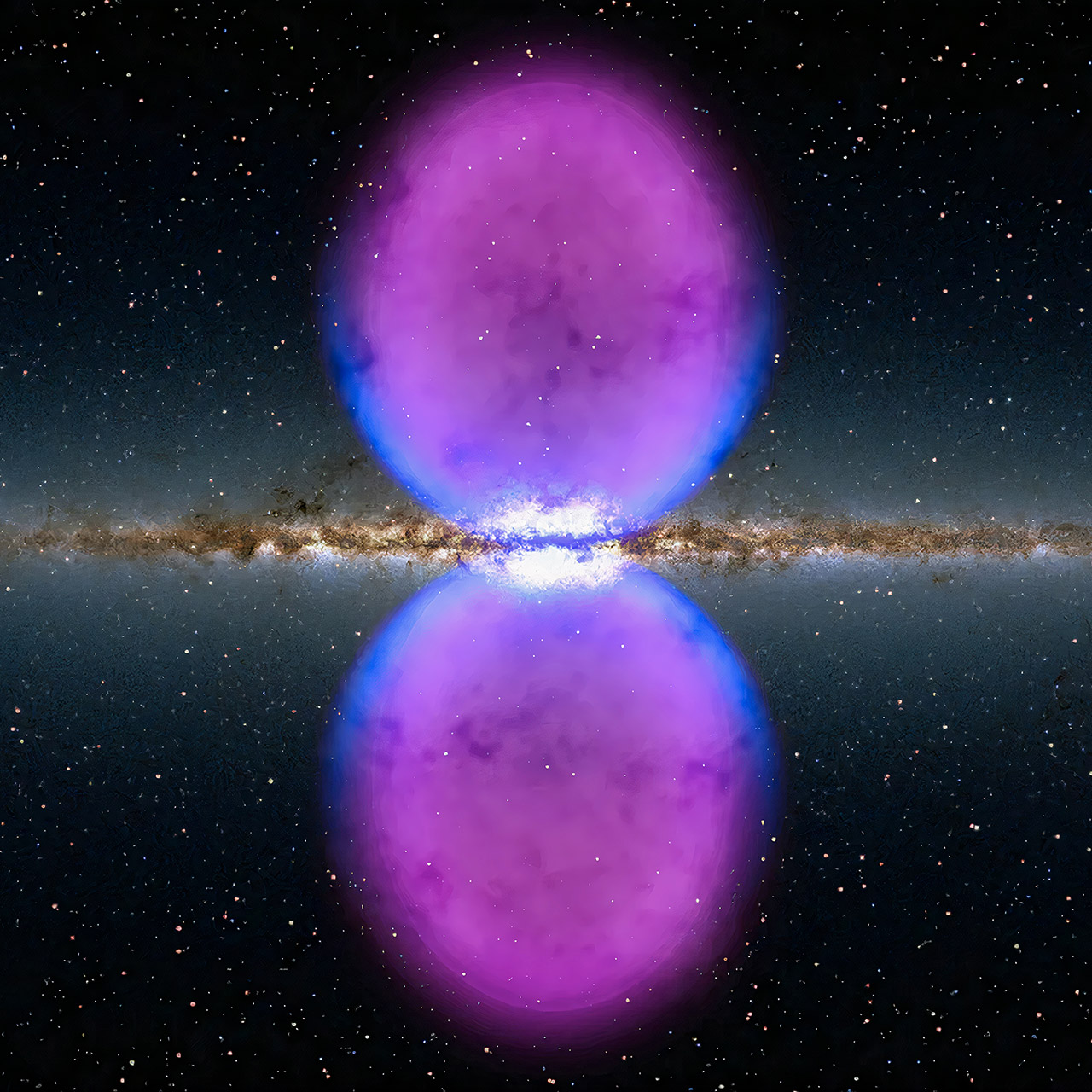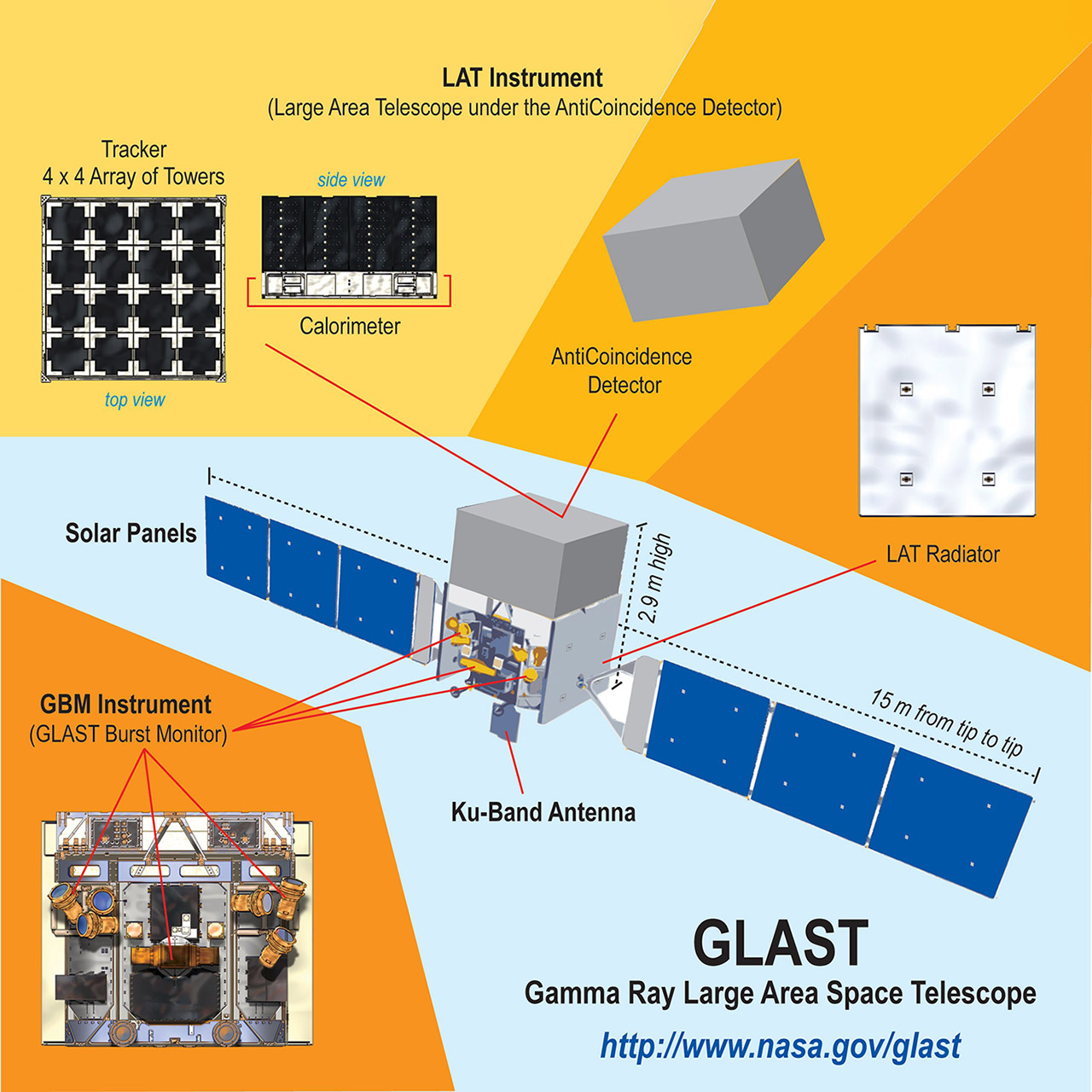Milky Way’s Fermi Bubbles Hold a Chilling Secret


Deep in the heart of our galaxy, where chaos reigns and temperatures are millions of degrees, scientists have found clouds of cold gas that defy our understanding of the Milky Way’s core. They’re called Fermi bubbles which stretch 25,000 light-years above and below the galaxy’s center, glowing like a cosmic hourglass with gamma rays.
We thought these bubbles, formed by a violent outburst from the galaxy’s central black hole, could only contain superheated plasma. But a new discovery has turned that idea on its head, revealing pockets of cold hydrogen gas—10,000 degrees Kelvin, cool by galactic standards—thriving in this blazing inferno. It’s like finding ice cubes in a volcano, rewriting our history of the galaxy.
Sale

Celestron Travel Scope 70 Portable Refractor Telescope – 70mm Aperture, Fully-Coated Glass Optics –…
- BRIGHT, SHARP VIEWS ANYWHERE: Unlike many beginner telescopes, this quality refractor features fully coated glass lenses and a 70mm aperture for…
- PERFECT FIRST TELESCOPE FOR BEGINNERS: Designed for adults and kids to enjoy together, this beginner-friendly telescope sets up in minutes and…
- EASY NO-TOOL SETUP: No complicated assembly or tools needed. The full-height tripod and telescope tube set up in seconds and pack neatly into the…

Using the Green Bank Telescope in West Virginia, astronomers found these cold gas clouds while studying the Fermi bubbles, first detected in 2010 by NASA’s Fermi Gamma-ray Space Telescope. These bubbles are approximately half the size of the Milky Way and bigger than everything around them. We thought they formed millions of years ago when the galaxy’s central black hole, a 4 million sun mass beast, erupted, blasting jets of matter that carved these vast cavities. The environment inside is brutal: plasma over a million degrees Kelvin, moving at crazy speeds, should destroy any cooler material. Yet these cold hydrogen clouds not only survive but seem to be at home, baffling us.

Rahul Bordoloi, the study’s lead astronomer, says it bluntly: these clouds shouldn’t be here. Models say cool gas, battered by the hot, high-speed outflow of the Fermi bubbles, would be shredded within a few million years. Yet they persist. With UV data from the Hubble Space Telescope, the team found these clouds are relatively young—much younger than the 10 million years we thought the bubbles were. This means the bubbles are younger too and the galaxy’s black hole may be more active than we thought, unleashing violent outbursts more recently than we expected.
These are cosmic fossils, likely material that was swept up during the black hole’s last big outburst and flung outward but preserved in their cool state. This means the galaxy’s core is more active than we thought, the black hole periodically stirring to blow matter across the galaxy.
[Source]
Milky Way’s Fermi Bubbles Hold a Chilling Secret
#Milky #Ways #Fermi #Bubbles #Hold #Chilling #Secret






